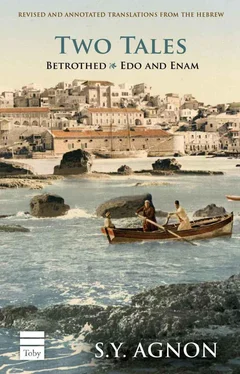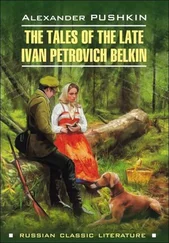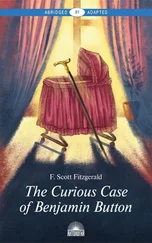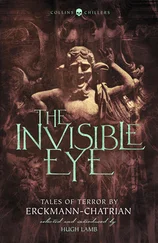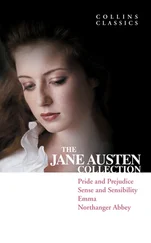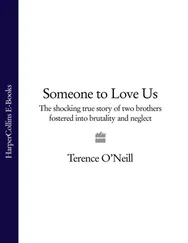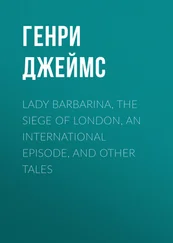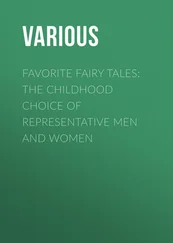125. Garmisch / A Bavarian mountain resort town in southern Germany.
126. Minyan / A quorum of ten men necessary to recite parts of the communal prayers and public Torah reading.
127. Gemeinschaft der Gerechten / German for: Society of Justice.
127. Gamal Pasha / Djemal Pasha (1872–1922), Ottoman military leader during World War I.
127. Earthquake / Major earthquake on July 11, 1927, centered in Jericho caused mass damage throughout Mandatory Palestine — including more than 130 deaths and 300 house collapses in Jerusalem alone. Agnon’s home in the center of Jerusalem was damaged, after which he relocated to the Talpiot neighborhood (then a new suburb of southern Jerusalem), where he spent the rest of his life.
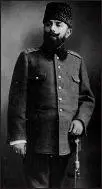
Djemal Pasha
129. Rabbi Shmuel Rosenberg / Rosenberg (1842–1919) was a prominent anti-Zionist leader, who served as rabbi from 1884 in the town of Innsdorf (or Unsdorf), which is known today as Huncovce, northern Slovakia.
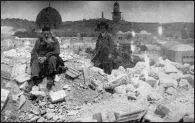
1927 earthquake, Old City of Jerusalem
131. Amrami / Amram was the father of Moses (Exodus 6:20).
132. To the place where a man is summoned… / Cf. Sukkah 53a.
132. I came once to a certain village… / The description of Gamzu’s journeys have parallels in the travelogue of Yaakov HaLevi Saphir’s Even Sappir (2 vols., 1866 and 1874), who travelled to Yemen in search of the lost tribes. (This source was identified by Michal Oron, “Kabbalistic Symbols and Motifs in Edo and Enam ” [in Hebrew] in BaSeminar [1977]). Agnon’s copies of Saphir’s books are still in the collection of the Agnon House library.
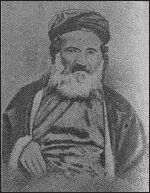
Yaakov Saphir (1859)
132. And He is merciful / Psalms 78:38; introductory verse to the weekday evening prayer, not generally recited on the Sabbath.
132. Nebuchadnezzar / Nebuchadnezzar II (c. 634–562 BCE), king of the Babylonian Empire, responsible for the destruction of the First Temple in Jerusalem, and forced exile of the Jewish tribes.
132. The young men carried a grinding mill / Lamentations 5:13 and Midrash Eikhah Rabbati 5:14. The motif of the stones “flying on high like wings” is present in Midrash Shir HaShirim 1:4.
133. He weakened my strength on the way / Psalms 102:24.
133. From Bashan I shall bring… / Psalms 68:23.
134. Happy is the people… / Psalms 144:15.
134. The Lord will reign / Exodus 15:18.
135. Rabbi Dosa… El Adon / Early liturgical poem recited as part of the Sabbath morning service, ascribed here to Rabbi Dosa, whose name appears in acrostic.
135. Rabbi Adiel, who composed the hymn, “This people which Thou didst create…” / This does not appear to be an actual hymn, but likely a reference to Adiel Amzeh, the protagonist of Agnon’s novella Ad ‘Olam (“Forevermore”); his last name, Amzeh (“this people”), being a reference to Isaiah 43:21.
139. Rabbi Alshikh… whether a man is judged every day / R. Moshe Alshikh (1508–93, Safed) was a prominent kabbalist and Bible commentator. The debate about daily vs. yearly judgment appears in Rosh Hashanah 16a.
140. Concise Shulhan Arukh / Kitzur Shulhan Arukh , guide to practical halakhah by Rabbi Shlomo Ganzfried (1804–86, Hungary).
140. Judah Halevi / Spanish Jewish physician and philosopher (c. 1075–1141), considered one of the greatest Hebrew poets, both for his religious and secular poems, many of which appear in present-day liturgy. His greatest philosophical work was The Kuzari .

S.D. Luzzato
140. Luzzato / Samuel David Luzzatto (1800– 65) was an Italian Jewish scholar, poet, and a member of the Wissenschaft des Judentums movement.
144. He who knows his place / Cf. Avot 6:6.
146. And a word was secretly brought to me… / Job 4:12.
148. Sukkah / An outdoor booth or hut for the seven-day Sukkot festival, see Leviticus 23:42.
148. The palm of a hand reached out / Cf. Ta’anit 29a, description of the metaphorical Divine hand reaching out to grab the Temple keys as it burned — a scene similarly played out on a rooftop.
150. The law of Moses and of Israel / From the traditional formula of the Jewish marriage vow.
150. The moon went her way… / Cf. Yerushalmi Rosh Hashanah 1:4 (58a).
150. Samaritan / Descendants of the sect of converts (described in Kings II 17:24), whose conversion to Judaism was questioned then subsequently rejected by Rabbinic Judaism. Fewer than 1,000 Samaritans remain in Israel today.
150. Giv’at Shaul / Neighborhood at the western entrance to Jerusalem, established in 1906.
150. Gvilan / Gvil is the Hebrew term for parchment.
150. Gagin / Rabbi Chaim Avraham Gagin (1787–1848) was a noted Jerusalem kabbalist who was responsible for saving the Samaritan community from a potentially fatal persecution at the hands of Ibrahim Pasha of Egypt in 1831. The dates of this Gagin cannot align with our story, but Agnon may be trying to work in some connection here.
151. Behold that which I have seen… / Ecclesiastes 5:17.
151. Behind the back of the world / Bava Batra 25a.
152. Going to the south, turning to the north, turning turning / Ecclesiastes 1:6.
155. Charity saves from death / Proverbs 10:2 and 11:4.
155. Mount of Olives / Site of an ancient Jewish cemetery to the east of the Old City of Jerusalem.
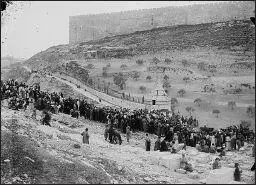
Mount of Olives funeral procession (c. 1900), with view of Old City walls
Afterword by Robert Alter Agnon’s Symbolic Masterpieces
When the two tales that comprise this volume were first published in translation, only months before S.Y. Agnon’s receiving the 1966 Nobel Prize in Literature, only two other volumes of his were available in English. Those works, The Bridal Canopy and In the Heart of the Seas , are so intricately layered with the lore of Jewish tradition that they surely lay outside the imaginative grasp of most American readers. With the appearance of Two Tales nearly fifty years ago, readers were able to sample the more modernist phase of Agnon’s varied yet deeply unified enterprise, coordinate products of his experiments in symbolic narrative during the 1940s and ‘50s. That this volume’s two long stories appeared at the moment that the Swedish Academy helped bring world attention to a Hebrew writer in Israel (still the only such decorated Israeli author), helped readers of Agnon in English more fully appreciate the range and variety of his canon.
My own assessment of these stories, both when they appeared and now upon reexamination a half century later, can be stated quite simply: they seem to me to be among the more remarkable short symbolic fictions written anywhere during the twentieth century. In both, the element of storytelling is finely managed, an artful leisureliness alternating with the evocative narration of tensely dramatic moments. As a result, one can be intrigued by the stories without having altogether fathomed them, but an awareness of their symbolic dimensions does a great deal to illuminate the nature of Agnon’s art, and so I would like to offer here some brief commentary on the symbolism of “Betrothed” and “Edo and Enam” in the hope it will help establish a useful perspective for thinking about these Two Tales .
Читать дальше
